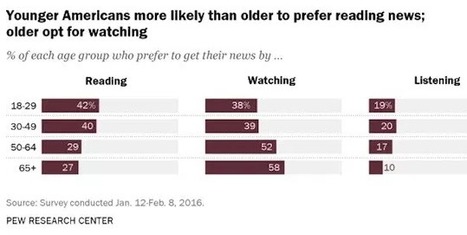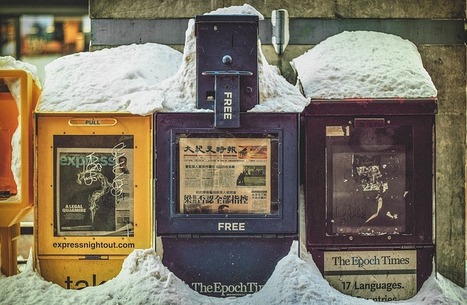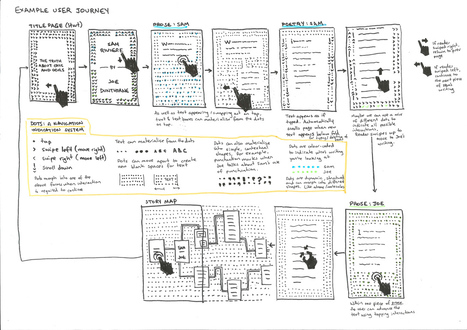From legacy media companies like Fox to cannabis-themed startups, many publishers are going all-in on video.
Recent investments in video have usually come at the expense of the written word, as media companies like MTV News and Mic have laid off writers to shift to video. With ad budgets shifting to video, publishers are frantically chasing the money, spawning consternation and second-guessing throughout the media industry.
Here are five charts that summarize what’s going on.
Research and publish the best content.
Get Started for FREE
Sign up with Facebook Sign up with X
I don't have a Facebook or a X account
Already have an account: Login
Social marketing, PR insight & thought leadership - from The PR Coach
Curated by
Jeff Domansky
 Your new post is loading... Your new post is loading...
 Your new post is loading... Your new post is loading...

rodrick rajive lal's curator insight,
April 27, 2017 11:49 PM
Unfortunately, print media is dying away, and I am not using a euphemism to hide the fact that print is on its last legs. The article being scooped points out to facts and figures that show a decline in the number of advertisements appearing in print media, and yes, it is dropping at a steady rate. Those of us who have been around for quite some time will be sentimental about the disappearing newspapers and magazines that we were so fond of holding. The fights over who would get to read the newspaper first, or the long hours spent in the loo (because someone took the newspaper into the loo) will all be faded memories. |
|
















Dollars are driving publishers' shift to video.